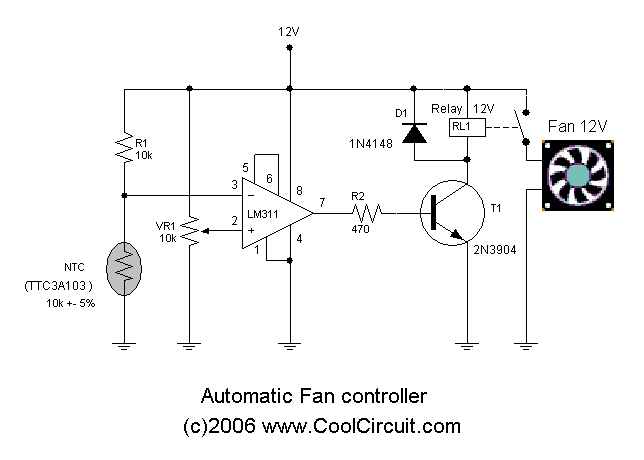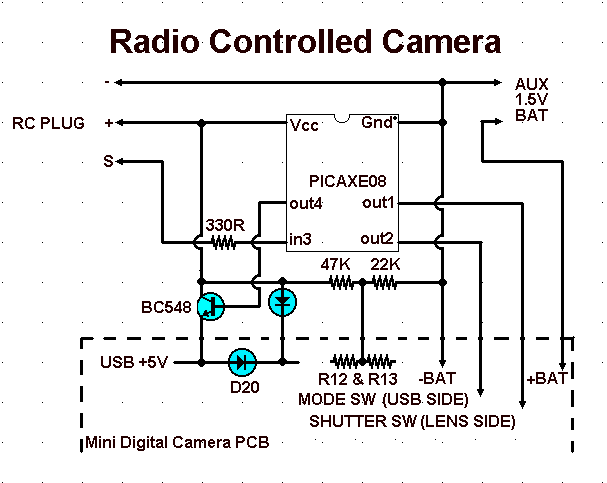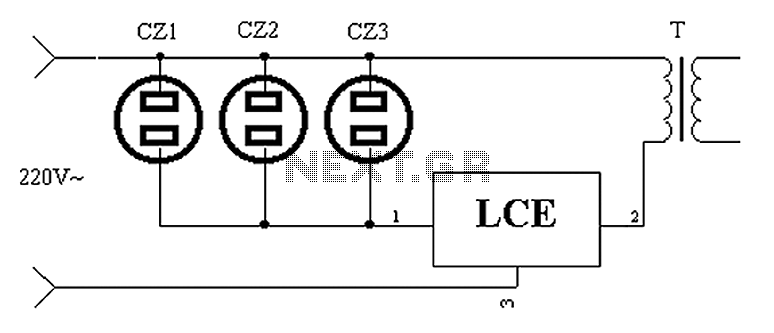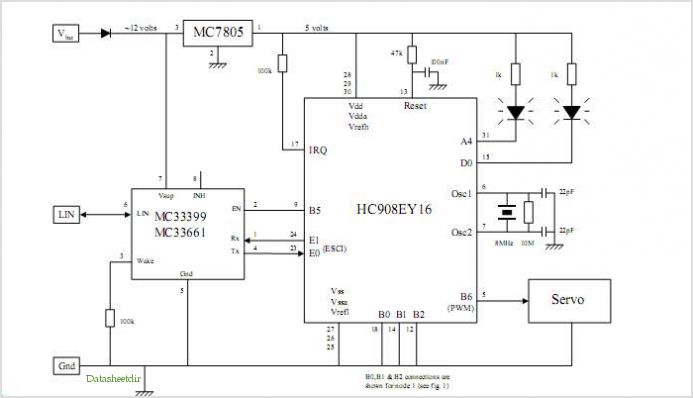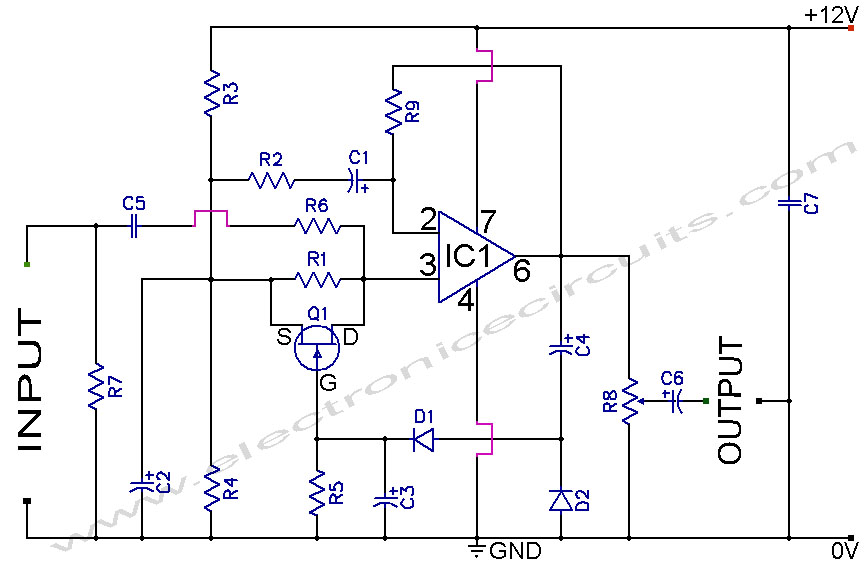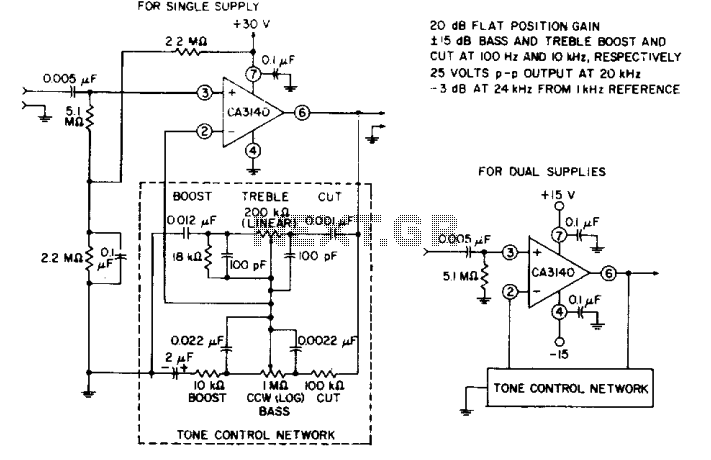
DSLR Remote Control

Information and resources on remotely using a DSLR camera, primarily utilizing Arduino-based solutions.
The use of Arduino-based systems for remotely controlling DSLR cameras has gained popularity among photography enthusiasts and professionals seeking to enhance their shooting capabilities. These systems typically involve the integration of various components such as microcontrollers, relay modules, and camera control cables, allowing users to execute functions like shutter release, zoom control, and image capture remotely.
A common approach involves connecting an Arduino board to the DSLR's remote control port, which is usually a 2.5mm jack. The Arduino can be programmed to send signals to the camera, triggering the shutter at specified intervals or in response to external stimuli, such as motion detection or light changes. This setup can be particularly useful for time-lapse photography or wildlife photography, where the photographer may need to maintain a distance from the subject.
To implement such a system, the following components are typically required:
1. An Arduino board (e.g., Arduino Uno or Nano).
2. A compatible relay module to handle the camera's shutter control.
3. A 2.5mm stereo jack cable for connecting the Arduino to the DSLR.
4. Additional sensors or modules as needed for specific functionalities (e.g., PIR sensors for motion detection or light sensors).
The circuit design generally involves connecting the relay module to a digital output pin on the Arduino, with the relay controlling the connection to the camera's shutter release circuit. The Arduino is powered either through a USB connection or an external power source, depending on the application. Programming the Arduino involves writing code that defines the desired behavior, including timing for shutter releases and any additional logic for sensor integration.
Overall, Arduino-based solutions for remotely using DSLR cameras provide a flexible platform for photographers, enabling creative control over their equipment and facilitating a wide range of photographic techniques.Some links and info on remotely using a DSLR, mainly arduino-based 🔗 External reference
The use of Arduino-based systems for remotely controlling DSLR cameras has gained popularity among photography enthusiasts and professionals seeking to enhance their shooting capabilities. These systems typically involve the integration of various components such as microcontrollers, relay modules, and camera control cables, allowing users to execute functions like shutter release, zoom control, and image capture remotely.
A common approach involves connecting an Arduino board to the DSLR's remote control port, which is usually a 2.5mm jack. The Arduino can be programmed to send signals to the camera, triggering the shutter at specified intervals or in response to external stimuli, such as motion detection or light changes. This setup can be particularly useful for time-lapse photography or wildlife photography, where the photographer may need to maintain a distance from the subject.
To implement such a system, the following components are typically required:
1. An Arduino board (e.g., Arduino Uno or Nano).
2. A compatible relay module to handle the camera's shutter control.
3. A 2.5mm stereo jack cable for connecting the Arduino to the DSLR.
4. Additional sensors or modules as needed for specific functionalities (e.g., PIR sensors for motion detection or light sensors).
The circuit design generally involves connecting the relay module to a digital output pin on the Arduino, with the relay controlling the connection to the camera's shutter release circuit. The Arduino is powered either through a USB connection or an external power source, depending on the application. Programming the Arduino involves writing code that defines the desired behavior, including timing for shutter releases and any additional logic for sensor integration.
Overall, Arduino-based solutions for remotely using DSLR cameras provide a flexible platform for photographers, enabling creative control over their equipment and facilitating a wide range of photographic techniques.Some links and info on remotely using a DSLR, mainly arduino-based 🔗 External reference
